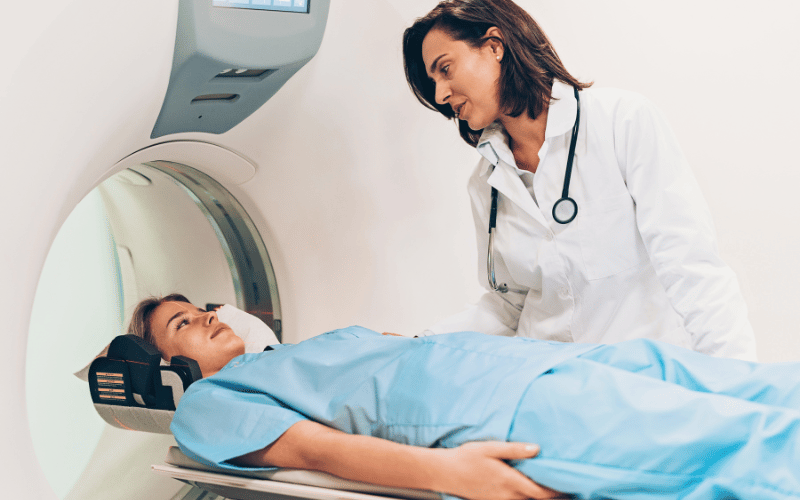14. The Role of Neuroimaging: A Peek Inside the Brain

Neuroimaging can be a valuable tool in the assessment of pseudodementia, helping to differentiate it from true dementia and providing insights into the underlying brain changes associated with the condition.
Brain imaging techniques such as magnetic resonance imaging (MRI) and positron emission tomography (PET) can reveal structural and functional brain changes. In cases of pseudodementia, these imaging studies often show normal age-related changes, without the characteristic changes seen in true dementia such as significant brain atrophy or specific patterns of decreased brain activity.
However, neuroimaging should be used alongside a thorough clinical assessment, not in isolation. While it can provide valuable information, it cannot definitively diagnose pseudodementia. A comprehensive evaluation that includes a detailed history, mental health assessment, and cognitive testing remains the gold standard for diagnosis. (14)